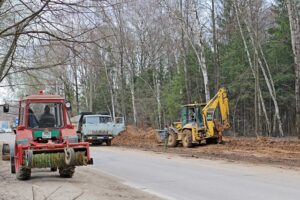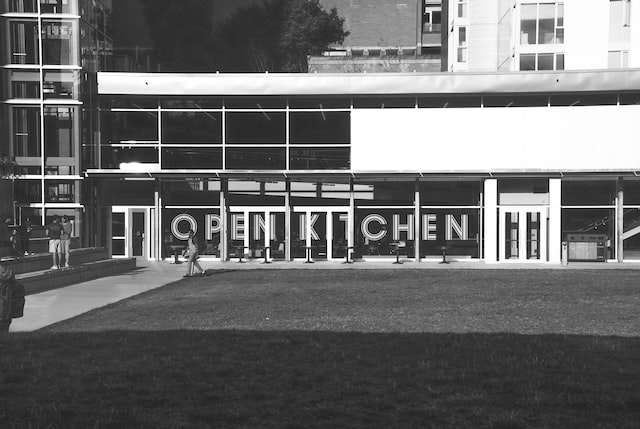Road resurfacing is known commonly as a maintenance procedure involving applying a new asphalt layer to an existing road surface. This extends the life of roads and ensures they remain safe for all to use.
A major advantage of resurfacing is that it can be carried out cheaper and more quickly than replacing the entire road surface. It is also an environmentally friendly option that helps to reduce emissions and pollution from motor vehicles and fuels.

Milling and Filling
When it comes to road resurfacing, asphalt milling is one of the most cost-effective and environmentally friendly ways to do it. It allows us to use the material that we already have and reduce the amount of waste that ends up in our landfills.
During the process of milling, old asphalt is removed and then recycled into a new base layer. This can save businesses and property owners money on their road resurfacing projects because it costs less to reuse what we have than to create a whole new surface layer from scratch.
The end result of this process is a new surface layer that is more durable and resistant to cold temperatures, snow, and ice. It also helps keep a paved area looking its best.
Another great thing about asphalt resurfacing is that it can last much longer than patching a damaged surface. It also allows you to repair minor damages before they become more significant and require the need for an entirely new surface layer.
Hot-In-Place
Hot-in-place resurfacing, also known as HIR, is a green construction approach that has environmental benefits that include eliminating old asphalt disposal and lowering energy and raw material consumption. A landmark study by the Federal Highway Administration demonstrated that HIR consumes up to 35 percent less energy than conventional paving methods.
This process also minimizes lane closures, sparing motorists the dangers of driving on uneven, oily surfaces and flying rocks and construction materials. Its many other benefits include saving up to 50 percent in resurfacing costs.
There are three types of HIR processes: surface recycling, remixing and repaving. All involve softening an existing asphalt pavement through heat and milling or scarifying to a depth of 2 inches; mixing the scarified/milled material with a rejuvenating agent, virgin aggregates, and new hot mix asphalt (HMA), if needed; placing the recycled mixture in one layer; and compacting.
Rejuvenation
Rejuvenation is a preventive maintenance technique that can extend the life of an asphalt road. It saves millions of dollars in repairing and rebuilding roads when done before they deteriorate.
The benefits of rejuvenation are many and include:
Using the correct product in the right way at the right time is critical to providing true value. A properly formulated rejuvenator will improve the balance of chemical fractions within asphalt by reversing oxidative hardening and improving properties and durability, including cracking resistance and rutting resistance.
It will also seal micro cracks, reducing raveling and protecting pavement structure from moisture intrusion and UV aging.
Rejuvenator treatment also reintroduces asphalt binder components that have been lost in the aging process to increase the elasticity and plasticity of asphalt mixtures, restoring the pavement’s structural integrity.
Crack Sealing

Asphalt pavements are highly susceptible to surface cracking as a result of traffic loading and temperature fluctuations. These cracks can allow water to penetrate the pavement, leading to many issues such as base failure and potholes.
In order to prevent these problems, it is imperative that the cracks in the pavement be sealed. Crack sealing extends the pavement service life significantly and is one of the most effective maintenance methods available for roadways.
To maximize the effectiveness of crack sealing, it is recommended that the treatment be performed in moderate temperatures (spring or fall). This allows the sealant to adhere and fill the cracks more efficiently.
The effectiveness of crack sealing also depends on the pretreatment condition of the pavement, i.e., whether it is in good, fair, or poor conditions. Using these parameters, the Pavement Preservation Group Study estimates that applying crack sealing as a pretreatment to other pavement treatments can increase their effectiveness by up to 75%.

